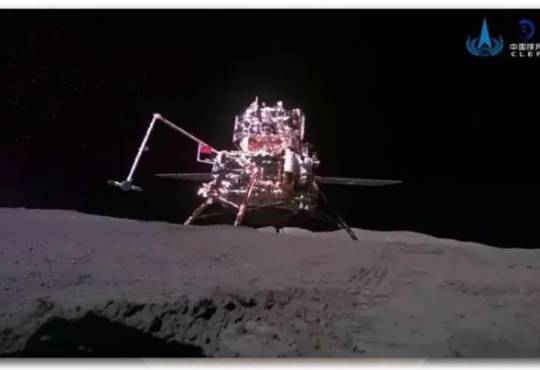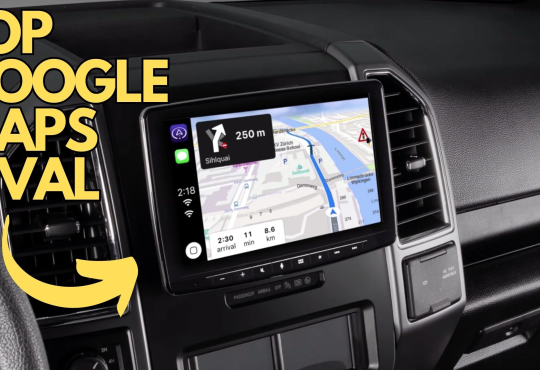
Archer Aviation from San Jose (California, USA) announced a significant achievement with its Midnight aircraft, which successfully transitioned from hovering to vertical flight and reached a speed of more than 160 km/h.

The exclusive group of companies capable of transitioning to electric vertical takeoff and landing (eVTOL) aircraft now includes: Joby Aviation, AutoFlight, Beta Technologies and Archer Aviation.
The Midnight eVTOL is designed to accommodate a pilot and four passengers with hand luggage. The aircraft has a V-tail design, 12 propellers each with its own electric motor and can fly at speeds of up to 240 km/h.
Passenger transport coming soon
The aircraft uses six batteries that enable “fast consecutive flights of 30 to 80 km with minimal charging time between flights. The aircraft climbs vertically and then accelerates forward, transitioning from thrust to winged flight, using propellers.
Archer Aviation shared a video of the flight, which took place on June 8, just seven months after Midnight’s first flight.
“Successfully completing the transition from hover to winged flight with the eVTOL aircraft is a huge engineering feat that only a handful of companies in the world have achieved,” claims scientist Geoff Bower, who works at the company, and continues:
– “Midnight is believed to be one of the largest eVTOL aircraft ever to make the transition and one of the first purpose-built to carry enough passengers for successful air taxi operation.”
It has a mass of about three tons
With a mass of 2948 kilograms, Midnight will fly over simulated commercial routes in the coming months to demonstrate its operational readiness. Archer Aviation already holds FAA certifications and is expected to begin manned flights later this year. The company intends to start commercial flights by the end of the year.
By the way, electric vertical takeoff and landing (eVTOL) is a type of VTOL (vertical takeoff and landing aircraft) that uses electricity for vertical hovering, takeoff and landing.
This technology has emerged thanks to major advances in electric propulsion (motors, batteries, fuel cells, electronic steering) and the growing need for new air vehicles for urban air mobility that can enable greener and quieter flights.
Electric and hybrid propulsion systems (EHPS) also have the potential to reduce aircraft operating costs.








